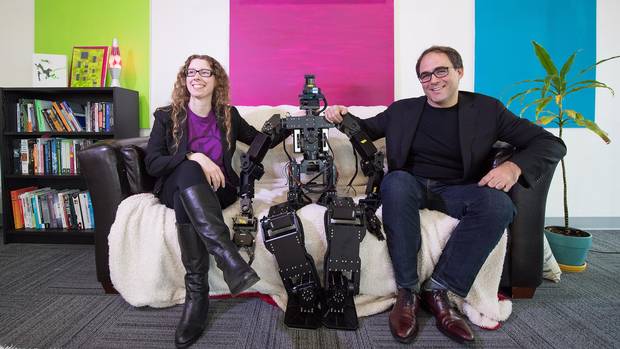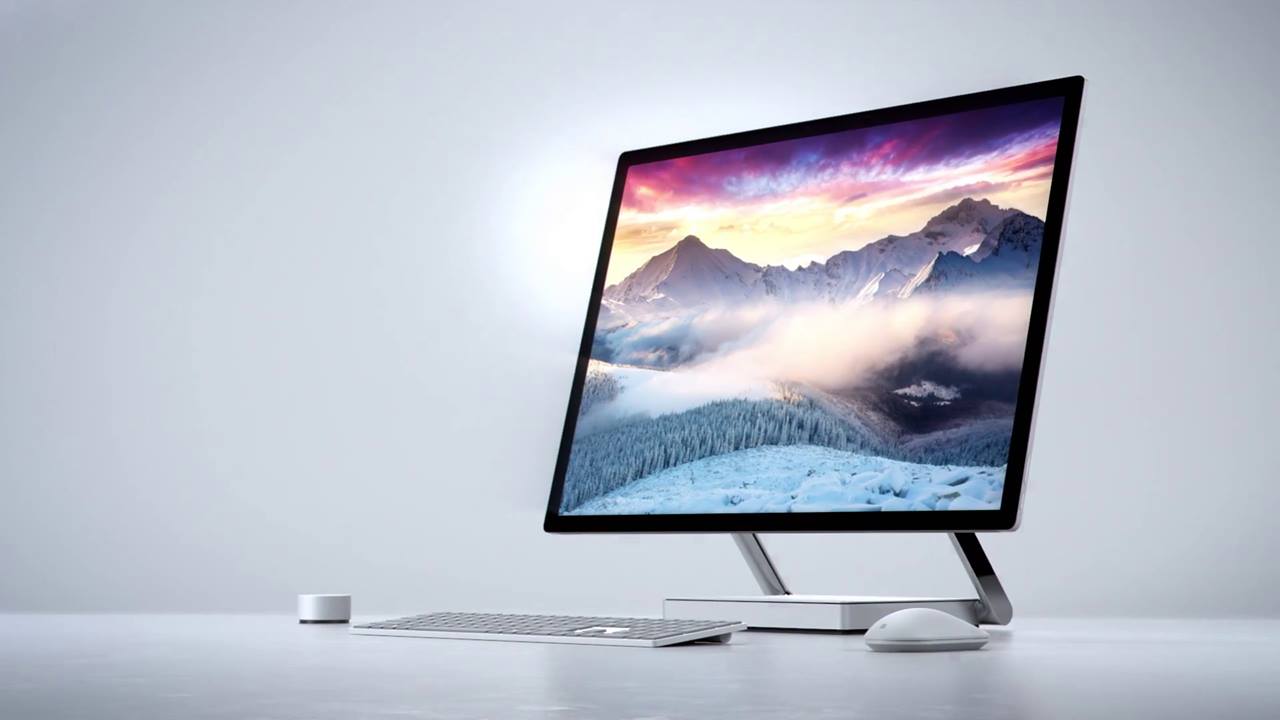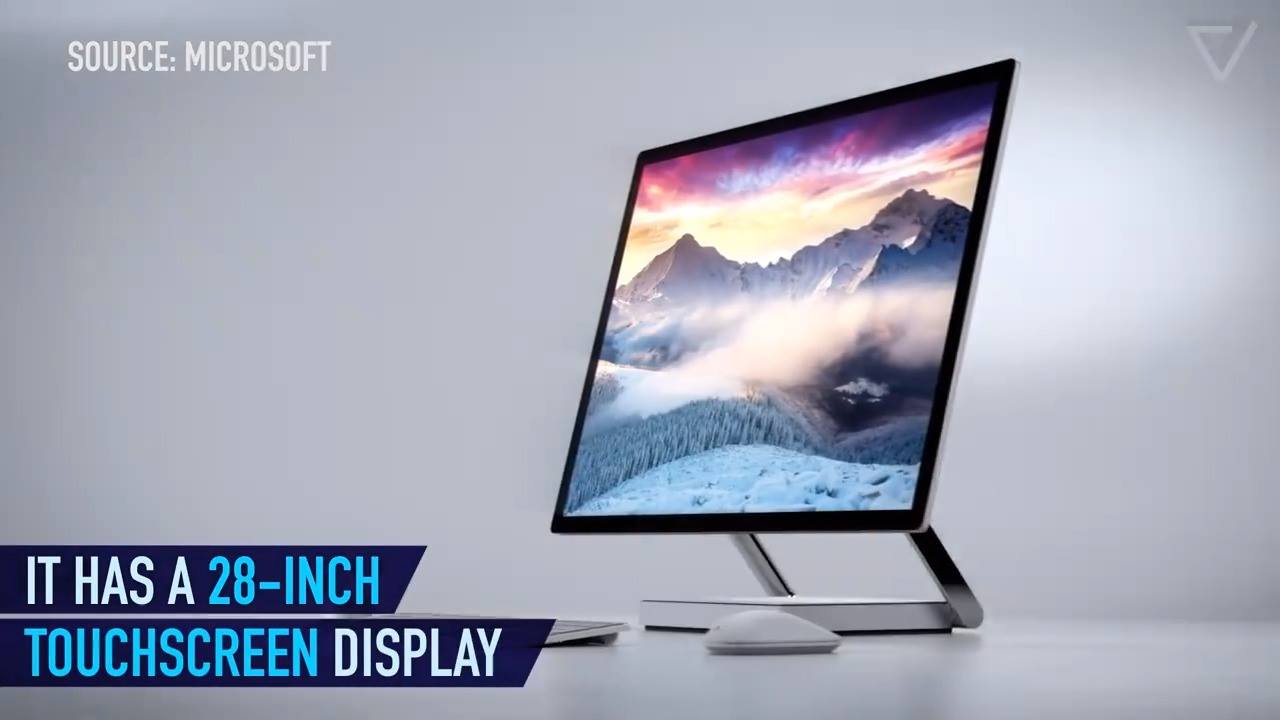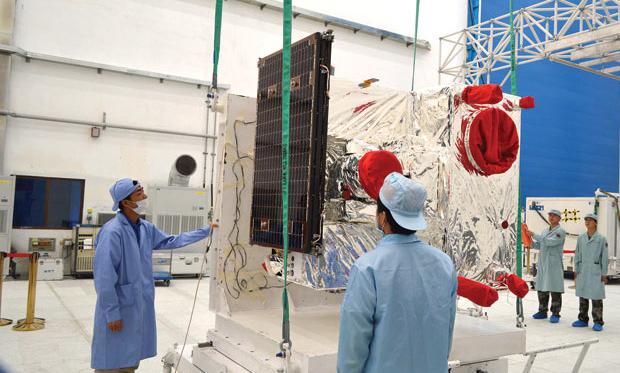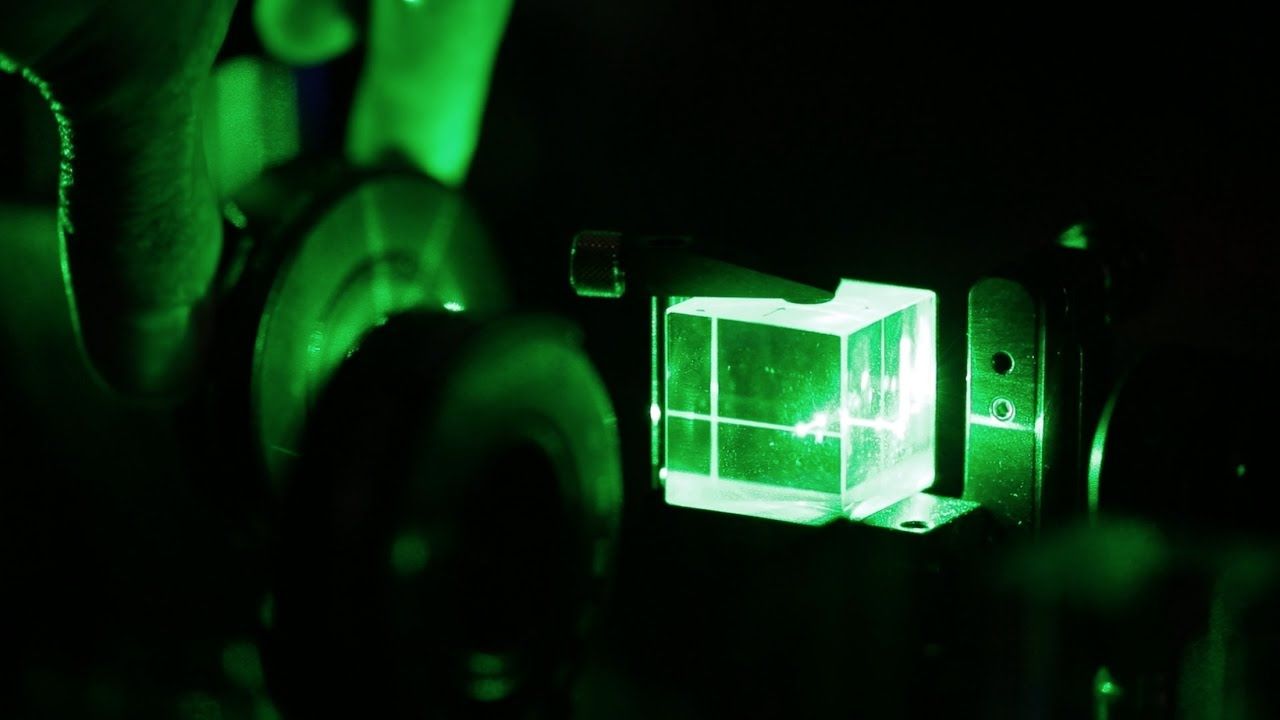Oct 26, 2016
GPU’s Role in Artificial Intelligence Advances Featured at Conference
Posted by Karen Hurst in categories: biotech/medical, information science, robotics/AI, supercomputing
NEWS ANALYSIS: The confluence of big data, massively powerful computing resources and advanced algorithms is bringing new artificial intelligence capabilities to scientific research.
WASHINGTON, DC—Massively parallel supercomputing hardware along with advanced artificial intelligence algorithms are being harnessed to deliver powerful new research tools in science and medicine, according to Dr. France A. Córdova, Director of the National Science Foundation.
Córdova spoke Oct. 26 at GPU Technology Conference organized by Nvidia, a company that got its start making video cards for PCs and gaming systems, that now manufactures advanced graphics processor for high-performance servers and supercomputers.


